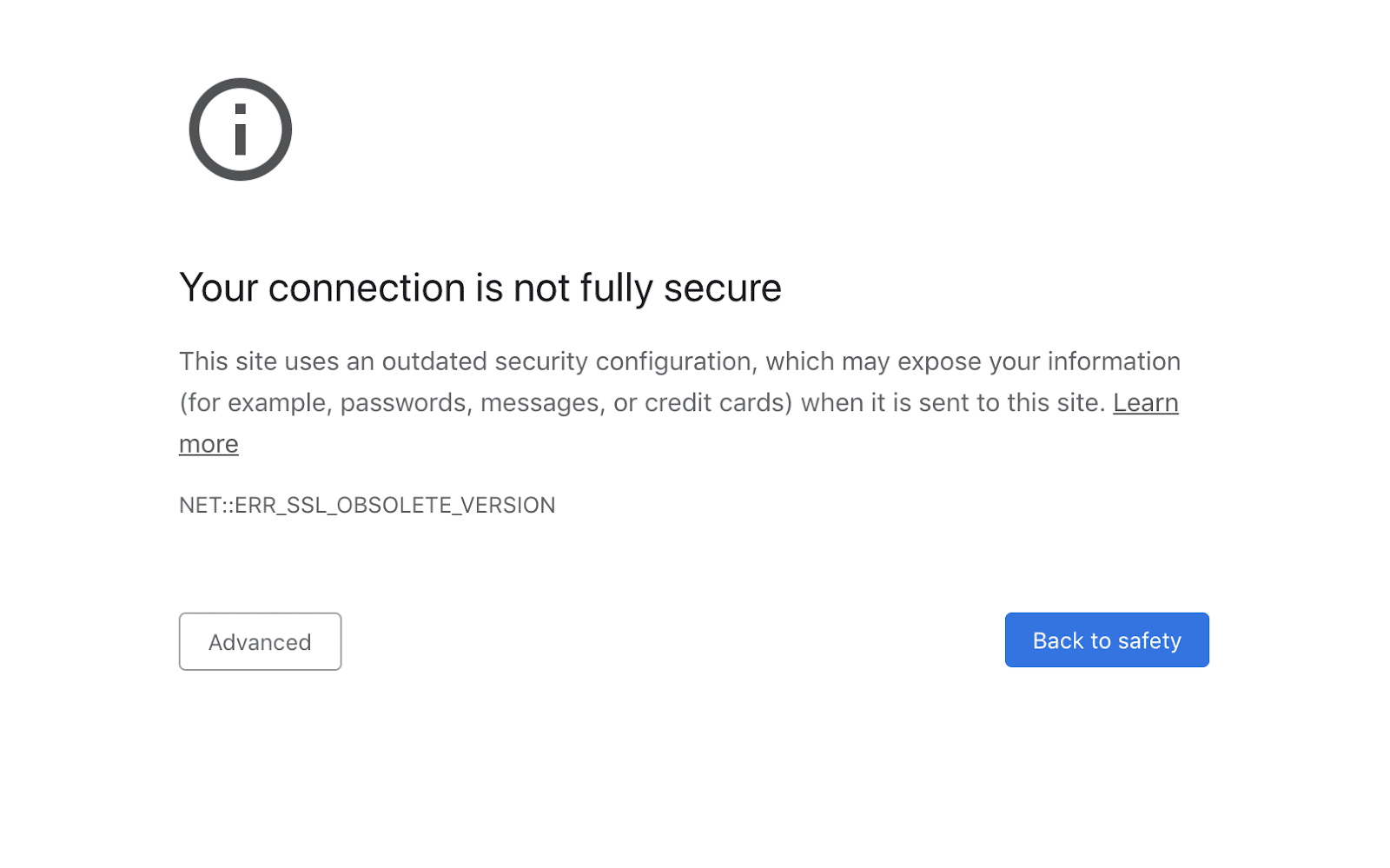How to Identify and Analyze the Outdated TLS Protocol Version
Transport Layer Security, or TLS, is a cryptographic protocol that ensures the security of communications between any two devices on a network, the authenticity of transmitted data and user data privacy.
One of the most popular browsers and app security protocols is https. Without the proper website security in place, hackers can quickly access your website, which can have devastating effects for website visitors.
It is recommended that you have a minimum TLS v1.2 or higher version if you operate an online business or your site handles sensitive information like financial and banking details. Continue reading to learn more about the outdated TLS protocol version.

How Do You Identify and Analyze an Outdated TLS Protocol Version?
Since various manifestations of outdated TLS setups might be seen in traffic, the following identification approach is suggested. This method can be used to streamline signatures:

The Risk of Outdated Versions
Older versions of TLS require more work to preserve libraries, which drives up the cost of product maintenance. Outdated TLS protocols use cipher suites that are not supported or recommended. Some risks that could occur are:
- Using outdated versions of TLS would compel enterprises to use insecure, outdated cipher suites and prevent them from using more recent, recommended cipher suites.
- Due to the fact that they use SHA-1 hash to verify the authenticity of messages during communication, TLS versions 1.0 and 1.1 are susceptible to downgrade attacks. In fact, the authentication of handshakes depends on SHA-1, which makes it much simpler for a hacker to impersonate a server to carry out a MITM attack. TLS versions 1.1 and lower do not have the opportunity to use more secure hashing methods, although more recent versions of this protocol do.
- The expense of maintaining security, patching vulnerabilities, supporting libraries and expanding the attack surface are all raised when older protocols are supported.
Final Verdict
Encryption via TLS can help protect web applications against data breaches and other forms of attack. The use of HTTPS, which TLS protects, is now an industry standard for websites.
The Google Chrome web browser has gradually tightened the security of non-HTTPS websites, and other browsers have followed suit. Users who browse the Internet daily are more worried about websites that fail to display the HTTPS padlock icon, which makes it more important than ever that you employ newer, more secure protocols.
If you’re looking for SEO project management software to better manage your workflow, clients, and business – evisio.co is your solution. Try evisio.co for free here!
